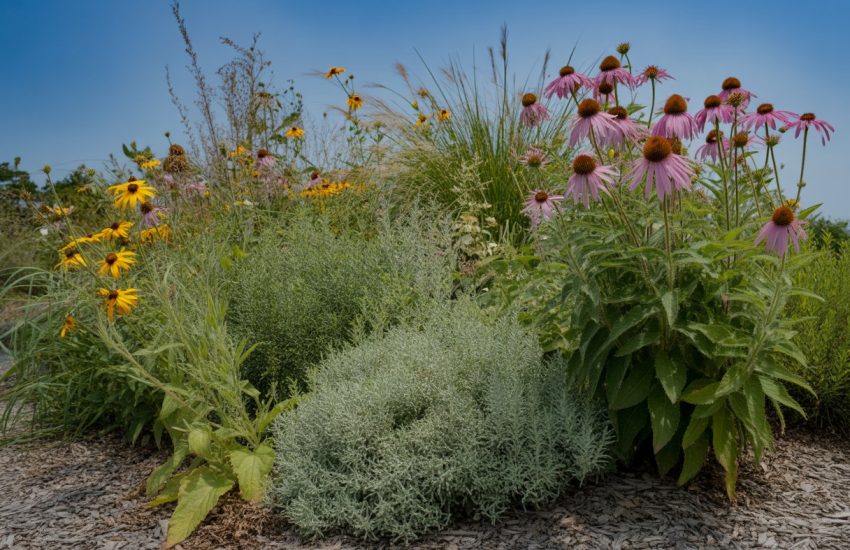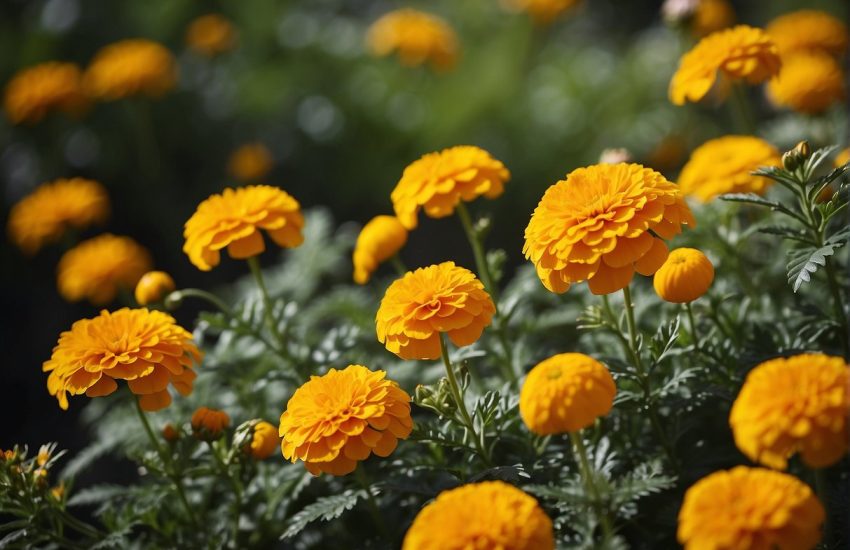Wildflower Meadow Planting Texas: A Guide to Native Species and Best Practices
Planting a wildflower meadow in Texas means picking native species that actually want to live in the region’s climate and soil. Opting for drought-tolerant wildflowers keeps things sustainable and colorful, even when rain’s scarce.
Getting the site ready and timing your planting to sync with the seasons—yeah, that’s just as important as what you plant.
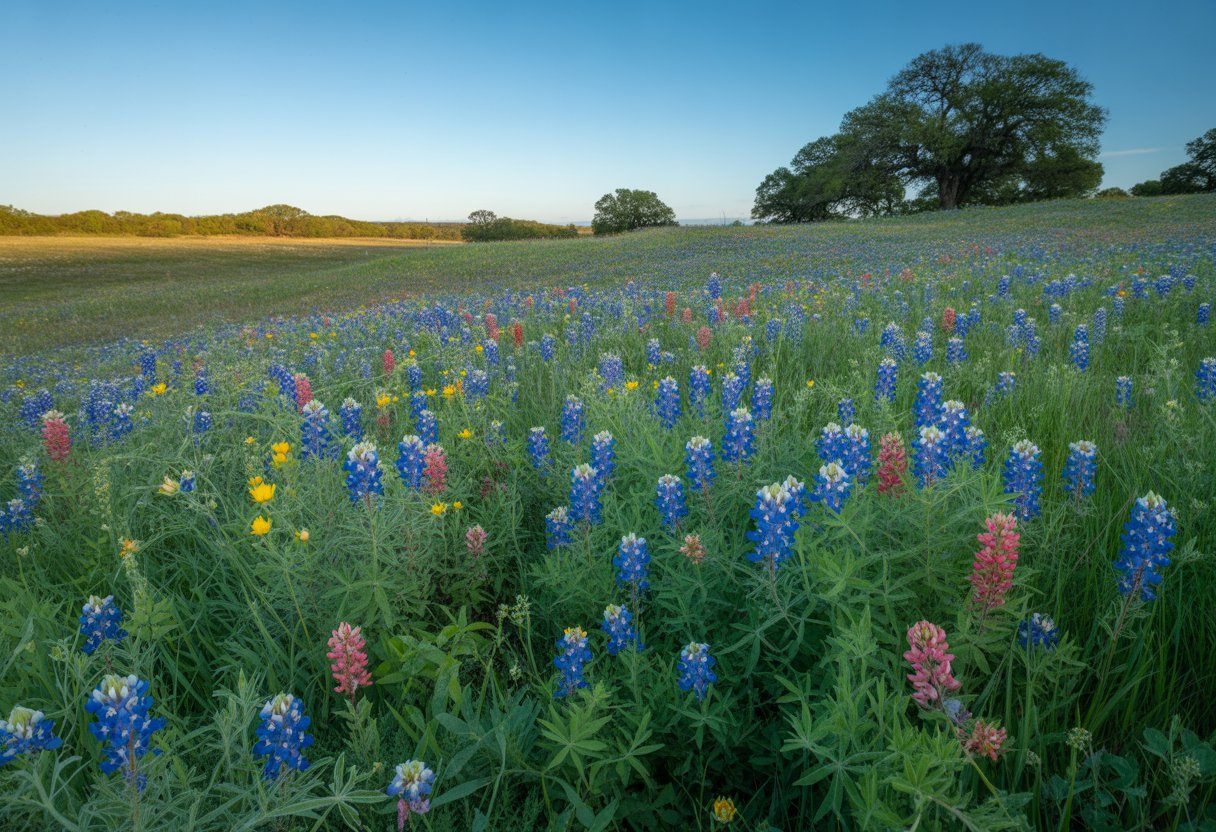
Wildflower meadows pull double duty: they help local wildlife and cut down on lawn chores. These meadows can work in all sorts of Texas settings, from city yards to big open fields.
If you pick the right plants, they’ll adapt. Knowing your climate patterns helps you figure out when and how to plant for the best results.
Selecting Wildflowers and Preparing for Planting
Success with a Texas wildflower meadow really comes down to smart species selection and thorough prep work. If you get a feel for local conditions, you’ll set yourself up for a meadow that actually fills in.
Choosing Native Wildflower Species
Go for native species—they just get Texas. Favorites like Bluebonnet, Indian Paintbrush, and Black-eyed Susan put on a show in spring and sometimes fall, depending on where you are.
Mixing plants that bloom at different times keeps the meadow interesting for months. Skip aggressive exotics—they’ll crowd out your natives and tank diversity.
Stick with plants from your Texas ecoregion for better survival and less work later.
Understanding Texas Climate and Soil Conditions
Texas weather is all over the map—dry in the west, humid in the east. Soils go from sandy near the coast to sticky clay in the middle.
Seed germination likes soil temps between 55°F and 75°F. Most wildflower seeds do best when you plant them in fall for spring blooms, or in early spring for summer color.
Rainfall matters too—if you’re in a dry spot, drought-tolerant plants are non-negotiable. Testing your soil’s pH and texture helps you pick species that will actually take off.
Preparing Your Site for a Wildflower Meadow
First, clear out whatever’s there—mow, use herbicide, or try solarizing. You want a blank slate.
Keep the site mostly flat or gently sloped so water sticks around but doesn’t pool up. Loosen the soil with a rake or a light till, just enough for seeds to settle in.
Toss any big rocks or trash. Wildflowers like well-drained, not-too-rich soil with a firm seedbed.
Skip the fertilizer; wildflowers actually prefer lean soils. After prepping, keep things damp until you see sprouts.
Selecting Wildflower Seed Mixes
Pick seed mixes with Texas natives that match your climate and soil. The best mixes for Texas usually blend warm-season and cool-season bloomers, so there’s always something popping up.
Seed mixes come with different densities and coverage rates. Here’s a quick look:
| Seed Mix Type | Seeds per Square Foot | Recommended Coverage Area |
|---|---|---|
| Basic Wildflower Mix | 50-100 | Small residential gardens |
| Premium Native Mix | 100-200 | Larger meadows and public areas |
Check the label for purity and viability—some mixes sneak in ornamentals or non-natives, so double-check if you want to keep things truly local.
Establishing a Wildflower Meadow in Texas
Getting a wildflower meadow started in Texas means paying attention to when you plant, what your soil’s like, and how you actually put seeds in the ground. Early watering and a bit of TLC help seedlings build strong roots.
Best Time and Conditions for Planting Wildflower Seeds
In Texas, the sweet spot for planting wildflower seeds is late fall to early winter, after the last frost. This gives seeds that natural cold stratification they need, bumping up germination.
Aim for well-drained soil with lots of sun—most natives want at least six hours of sunlight a day.
Before you sow, pull weeds and maybe add a thin layer of compost. Don’t overdo it; wildflowers don’t need much.
A soil test helps you spot drainage or pH issues before you get too far.
Seeding Techniques and Equipment
You can scatter seeds by hand or use tools like seed spreaders and rollers. Spreaders help you cover big areas evenly, while rollers press seeds into the soil for better contact.
Generally, you’ll need 4 to 10 pounds of seed per 1,000 square feet, depending on your mix. Mixing seeds with sand makes it easier to spread things out evenly.
After seeding, rake lightly so seeds get tucked in and aren’t just bird food.
Watering and Early Growth Management
Wildflower seeds need steady moisture for the first four to six weeks. Water gently—enough to keep the topsoil moist, but not so much that you wash seeds away.
Once seedlings show up, you can back off on watering, but don’t stop until roots run deep. Good drainage matters, since soggy soil can wipe out young plants.
Go easy on the watering—too much can cause disease and weak stems.
Caring for and Maintaining Your Wildflower Meadow
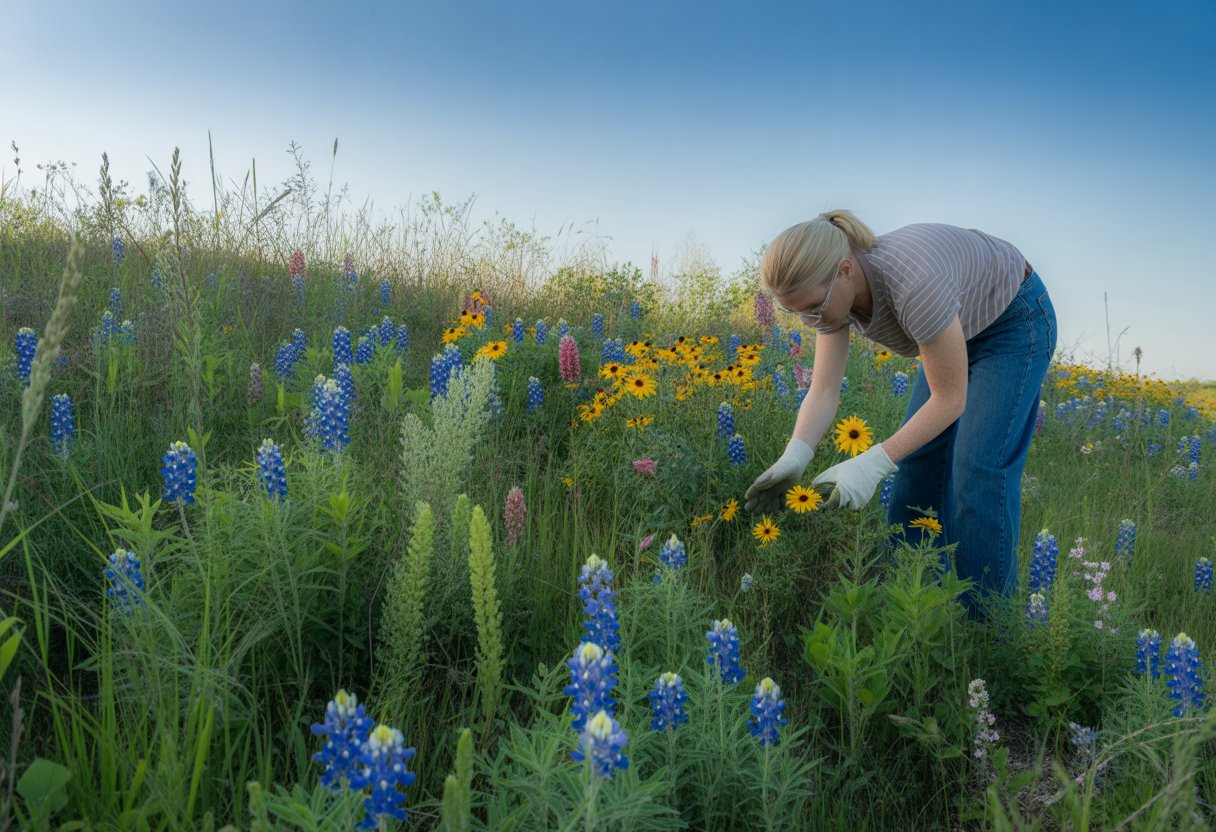
A little attention keeps your wildflower meadow thriving. Managing mowing and weeds goes a long way.
Mowing and Weed Control Strategies
Mowing helps you keep invasive species in check and encourages wildflowers to come back strong. Mow once a year, usually in late fall or early winter, after seeds have dropped.
Set your mower high—about 6-8 inches—to protect the crowns and keep the soil stable. Watch out for invaders like Bermudagrass or Johnson grass.
Pull them by hand or spot-treat with targeted herbicides when wildflowers aren’t actively growing. Blanket herbicides? Not a great idea—they’ll take out your good stuff, too.
If you mulch cuttings, keep it light so you don’t smother new seedlings.
Long-Term Maintenance Practices
Restoring native habitat isn’t a one-and-done thing. Every few years—say, 3-5—try a controlled burn or scalp the area to clear out thatch.
This wakes up new growth and keeps things low-maintenance. If you notice wildflowers thinning out, overseed with more natives in early spring.
Keep an eye on soil health and skip heavy fertilizing—rich soil lets grasses take over. Balancing native grasses and wildflowers keeps the ecosystem tough and easy to care for.
Check in regularly so you can catch problems early and keep your meadow looking good for years.
Benefits of Wildflower Meadows for Wildlife and Ecosystems
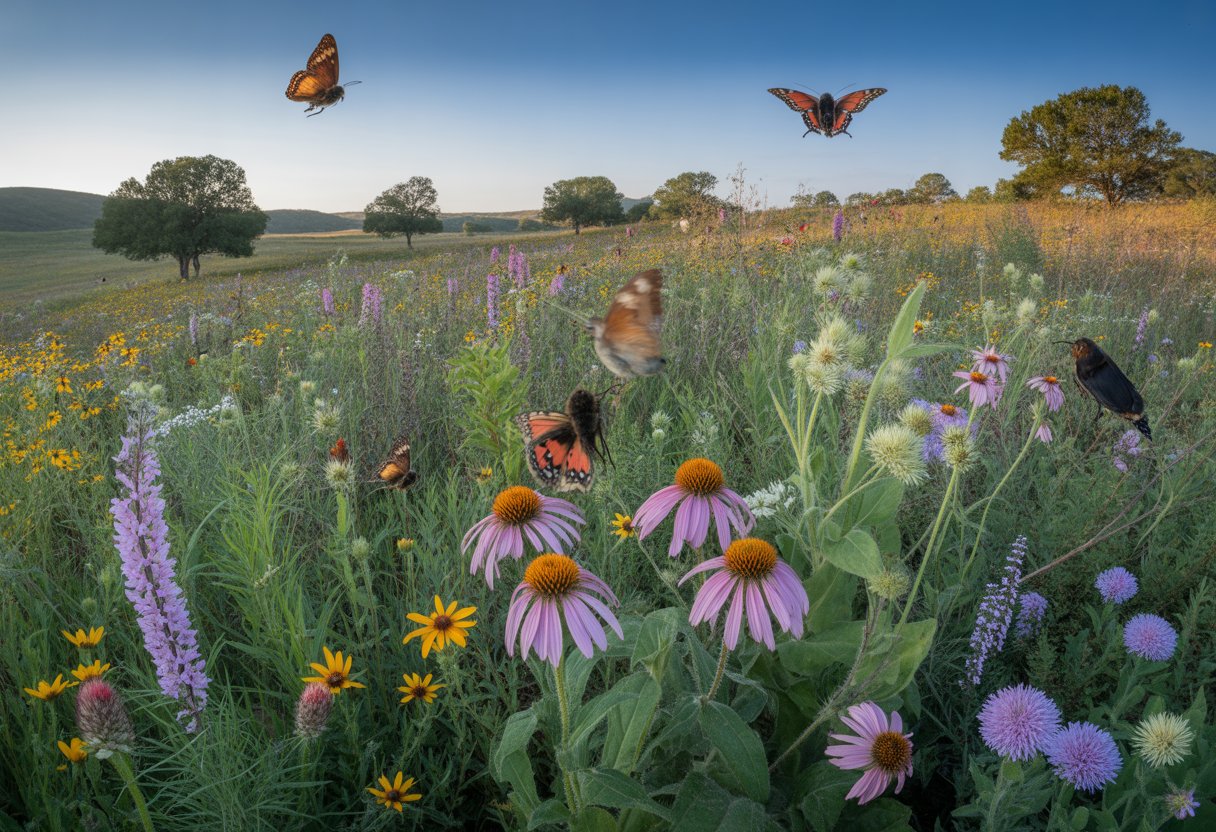
Texas wildflower meadows offer a buffet for wildlife all year. They create healthier ecosystems by providing food, shelter, and places to breed.
These meadows help with pollination and even natural pest control, which is pretty handy.
Attracting Pollinators and Supporting Biodiversity
Wildflower meadows in Texas bring in all sorts of pollinators—bees, butterflies, and a bunch of other insects. Plants like Texas bluebonnet and purple coneflower pump out nectar and pollen, keeping pollinator populations going strong through summer and beyond.
Pollinators do the heavy lifting for plant reproduction and hold ecosystems together. A mix of native flowers brings in a wider range of insects, which can help keep pests in check and even boost nearby crops.
Wildlife Habitat for Birds and Insects
Birds and good bugs love wildflower meadows for shelter and nesting. The thick plant cover shields them from predators and rough weather, so you’ll see more species sticking around.
Native bees and predatory insects thrive here, helping with natural pest control. Birds feast on seeds and insects, feeding into the local food web all year long.
Signature Texas Wildflowers and Their Advantages
The Texas bluebonnet shows up in early spring. It offers nectar for pollinators right when they need it most.
This wildflower manages to thrive in poor soils. Honestly, that’s pretty handy for establishing meadows in tough spots.
Purple coneflower waits a bit longer to bloom, stretching into summer. That means insects and birds get food for a longer chunk of the year.
Both bluebonnets and coneflowers shrug off drought. They’re built for Texas weather, so you won’t have to fuss over them much.
| Wildflower | Bloom Time | Key Benefit |
|---|---|---|
| Texas Bluebonnet | Spring | Early nectar for pollinators |
| Purple Coneflower | Summer | Extended forage season |
These wildflowers help keep soil in place. Plus, they just make Texas look good with all that seasonal color.

